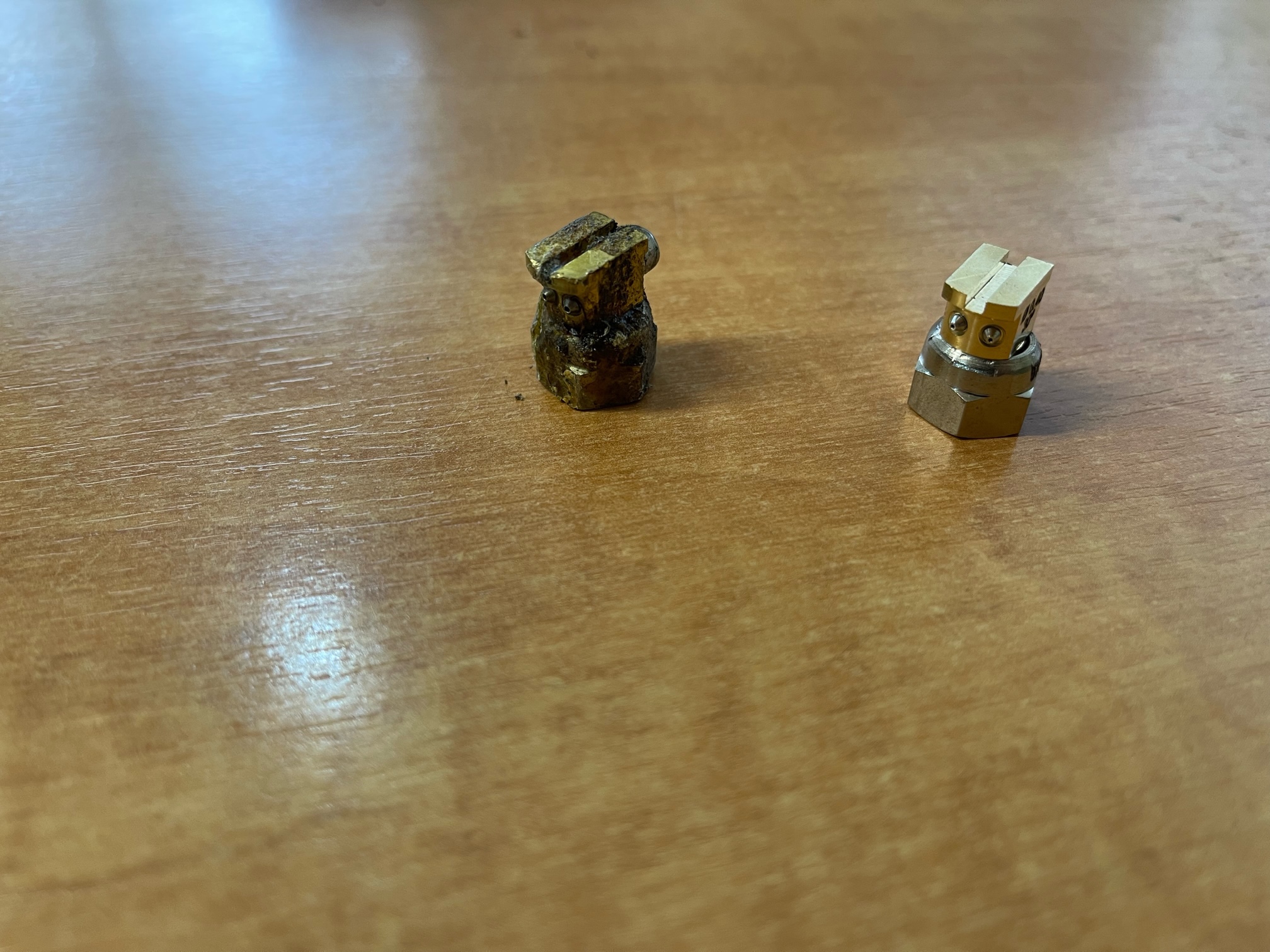Clogged hot melt glue nozzles can be a severe problem for any business that relies on hot melt adhesives. If your nozzle becomes clogged, it can cause production delays and costly repairs. However, there are a few simple things you can do to prevent your hot melt nozzle from clogging up.
Avoid Overheating Your Adhesive
One of the most common causes of clogged hot melt nozzles is overheating your adhesive. The higher the temperature, the faster the adhesive will degrade and char. In fact, increasing the temperature by as little as 20 degrees Celsius can significantly speed up the degradation process.
The result is that your adhesive will become more viscous, making it difficult to flow through the nozzle. The debris from the degradation can quickly clog up hot melt glue nozzles.
To prevent this, ensure you only use the minimum heat necessary to melt your adhesive. Keep in mind that the adhesive application temperature recommended in your technical sheet determines viscosity. So, if you try setting the temperature lower than the bottom of the range, you won’t be able to apply the glue.
Put Your Hot Melt Tank In Standby Mode
Most commercial hot melt tanks have a standby mode that keeps the adhesive melted but at a lower temperature. Putting your tank on standby lowers the temperature by approximately 25%, which can help to prevent your adhesive from degrading.
So, if you don’t want to turn off the hot melt tank completely but aren’t using it, put it in standby mode instead. This will help to keep your adhesive in good condition and prevent your hot melt nozzle from clogging, as a 25% reduction in temperature can significantly slow down the degradation process.
Keep Your Adhesive Clean
Another common cause of clogged hot melt nozzles is dirt and debris in the adhesive. Over time, your adhesive can become contaminated with dust, dirt, and other particles. If these contaminants aren’t removed, they can clog up your hot melt glue nozzles.
To prevent this, store the adhesive in a container with a lid. This will help to keep the adhesive clean and avoid contamination. Also, make sure you use the proper equipment to load the tank. For example, don’t use an old carton to scoop out the adhesive, as bits of cardboard can end up in the glue.
Practice Preventive Maintenance
Finally, practice preventive maintenance. This means regularly cleaning and inspecting your hot melt nozzles. If you notice any build-up on the nozzle, clean it off immediately.
It’s also a good idea to have spare hot melt glue nozzles on hand to quickly swap out a clogged nozzle for a clean one. This will help to minimize production delays and keep your adhesive application process running smoothly.
Preventive maintenance is critical because it will save you money over the long term. For example, the cost of regularly cleaning and inspecting your hot melt nozzles is much lower than the cost of the production delays caused by the need for emergency repairs or replacements.
Find Out More
Hot melt glue nozzles are a critical component of the production process for many businesses. However, they can be quite delicate, and the tiniest bit of debris can cause them to become clogged.
To prevent this, avoid overheating your adhesive, put your hot melt tank in standby mode, keep your adhesive clean, and practice preventive maintenance. By following these simple tips, you can keep your hot melt nozzle operating smoothly and prevent expensive production delays.
If the worst happens and your hot melt nozzle becomes clogged, don’t worry! At The Adhesive Laundry, we supply a wide range of quality hot melt glue nozzles and other spare parts to keep your adhesive application process running smoothly. Contact us today to find the right part for your needs.
